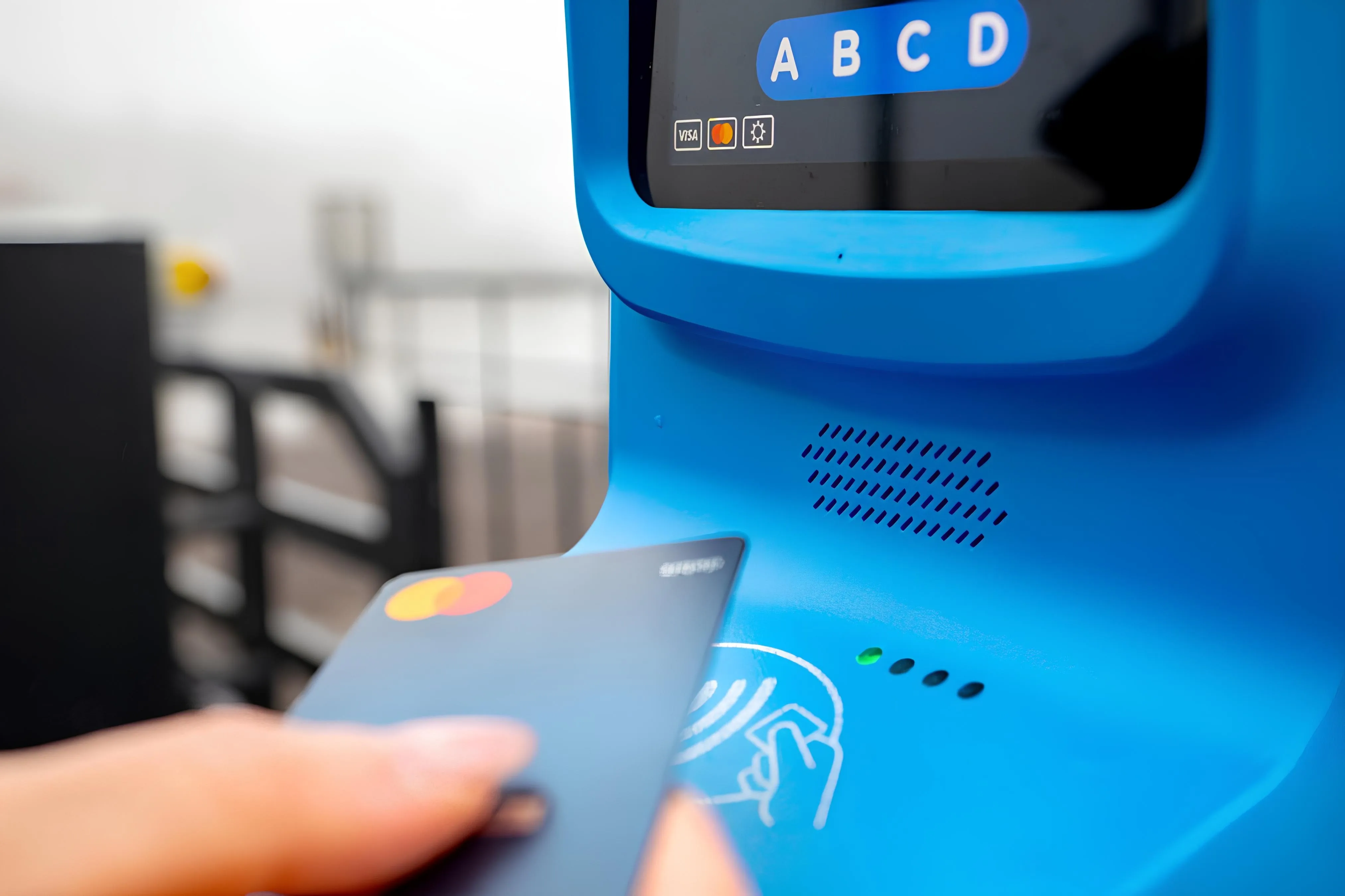The newly launched Zeag Orion Xbit is designed for smaller enterprises (up to 100 spaces) with a need for a simple but professional car parking solution but who don't require a lot of peripherals, complex software and reporting systems. The unit accepts all payment methods including cash, cards, credit tickets and tokens, and provides a basic level of services including transaction reporting. The Xbit can work in standalone mode, meaning installation is quick and easy with minimum disruption as no costly ca
February 2, 2012
Read time: 1 min

The newly launched 149 ZEAG Orion Xbit is designed for smaller enterprises (up to 100 spaces) with a need for a simple but professional car parking solution but who don't require a lot of peripherals, complex software and reporting systems. The unit accepts all payment methods including cash, cards, credit tickets and tokens, and provides a basic level of services including transaction reporting.
The Xbit can work in standalone mode, meaning installation is quick and easy with minimum disruption as no costly cable ground works are required.
The Xbit can work in standalone mode, meaning installation is quick and easy with minimum disruption as no costly cable ground works are required.










